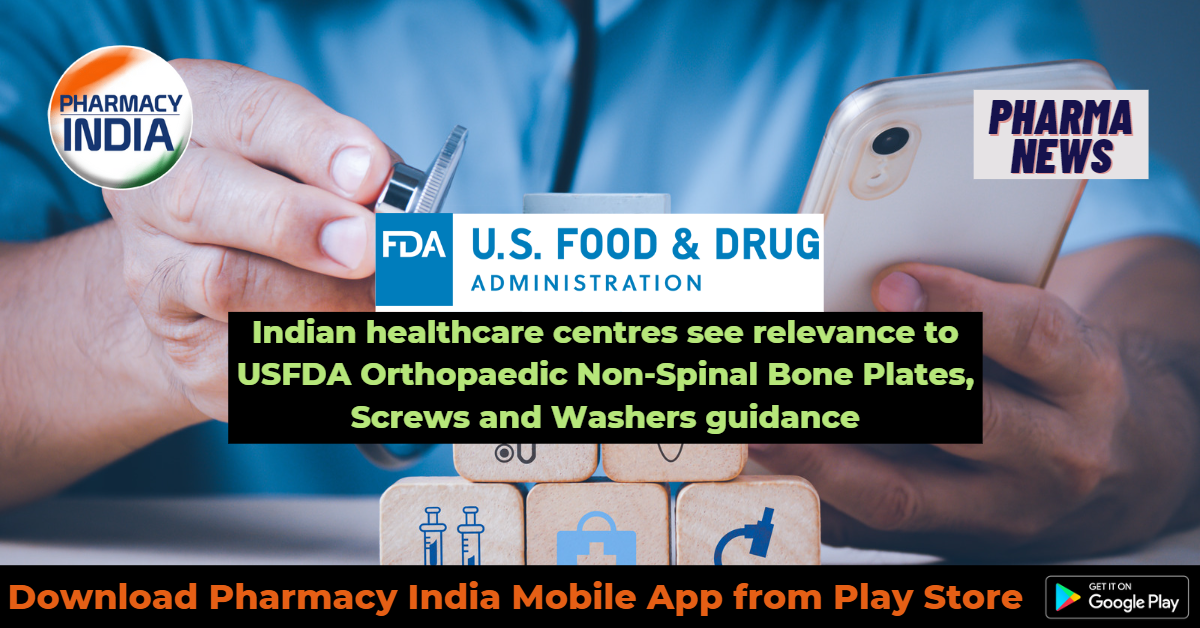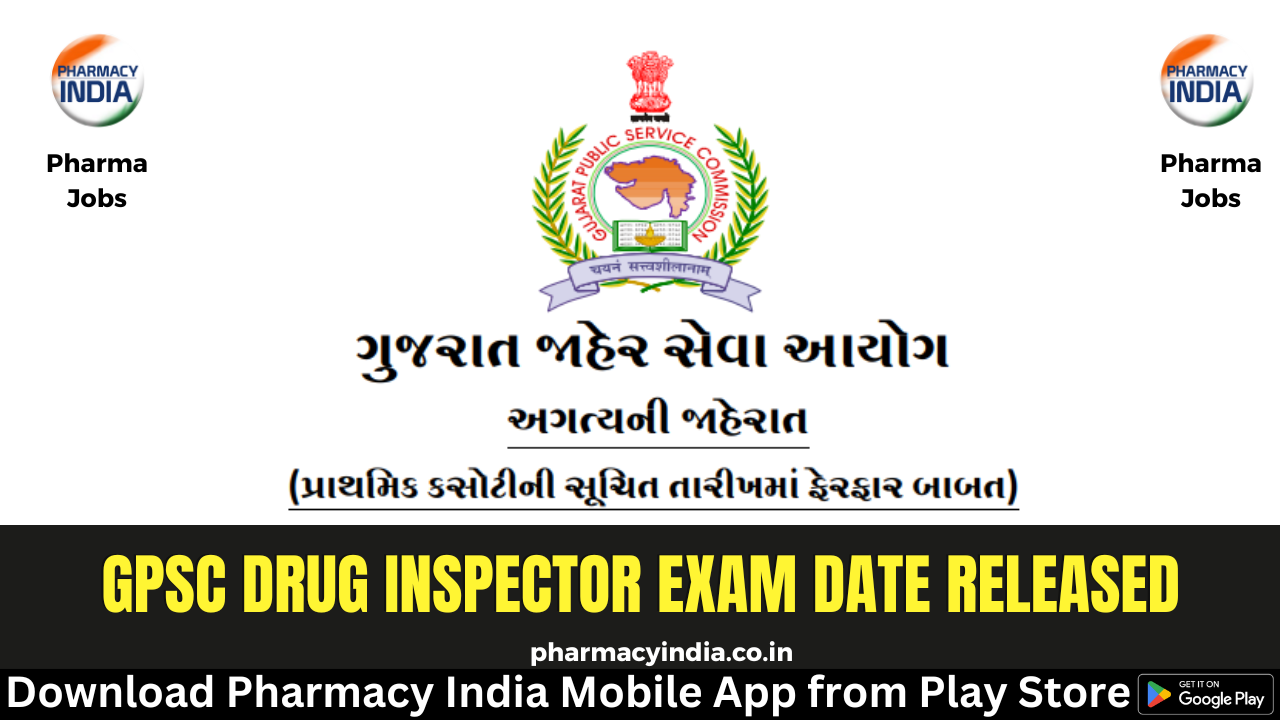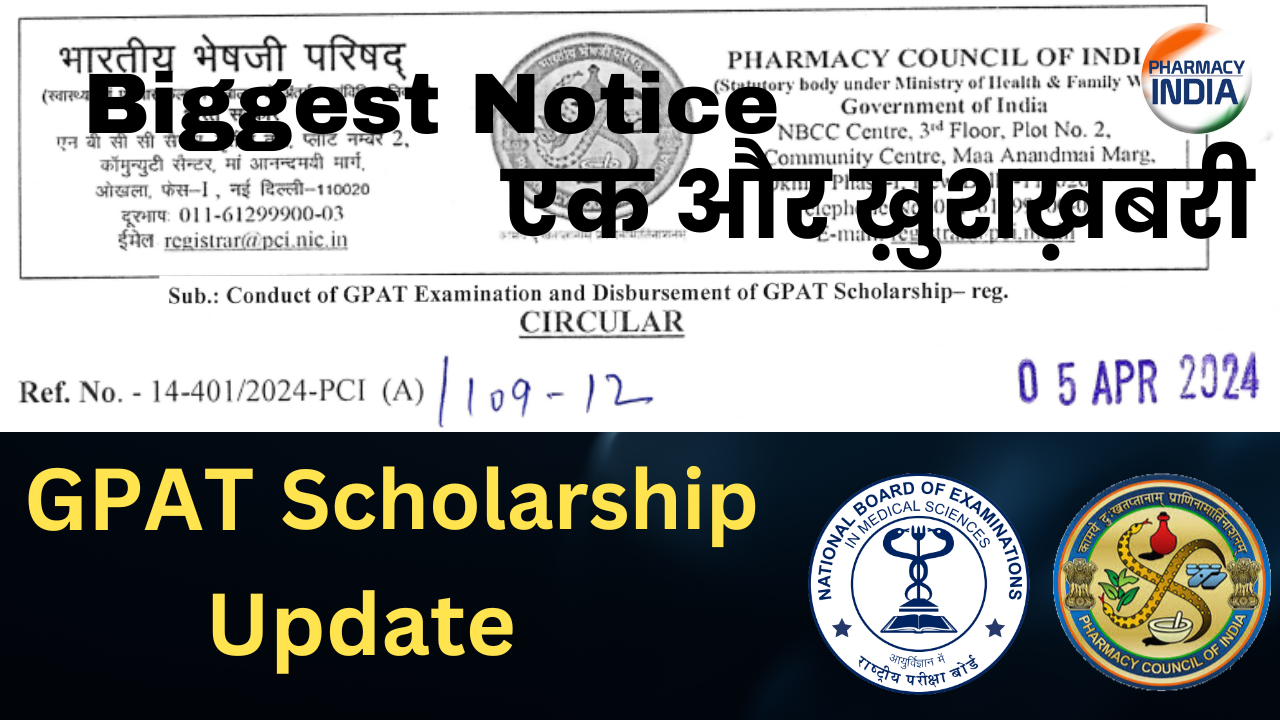Indian healthcare providers see immense relevance to US FDA Orthopaedic Non-Spinal Bone Plates, Screws and Washers Premarket Notification (510(k)) Submissions Draft Guidance. This is going by the increasing number of orthopaedic surgeries requiring to embed this into the patient depending on the severity of the condition. The regulatory authority said that it expects the industry to revert with its comments to add on the needs as Orthopaedic Non-Spinal Bone Plates, Screws and Washers are becoming extremely relevant to modern bone surgeries.
Non-spinal, non-resorbable bone plates, screws and washers are implants intended for bone fixation. These are class II medical devices for which the safety and effectiveness are well established. This guidance is intended to facilitate consistency in information provided in submissions by addressing common deficiencies related to device description and performance testing and by Identifying applicable cross-cutting guidance and consensus standards.
The scope of this document is limited to class II, orthopaedic, non-resorbable, non-spinal bone plate and screw systems, stand-alone bone screws, and associated washers. These devices are regulated under 21 CFR 888. While bone plates and screws are intended for mandibular, maxillofacial, cranial, and orbital fracture fixation, the bone plates and screws are intended for use in the spine and suture anchors. Fixation components are part of a bone anchor tightrope which is bone-to-bone or soft tissue-to-bone, such as those used for correcting bunion angular deformities.
The regulatory authority stated that for each subject device, the intended uses should be stated, and a comparison of the intended indications for use to one or more legally marketed predicate devices should be included in the submission. This is because there are differences in indications for use like of instance specific disease condition and patient population may prompt a request for additional information to support the new indication.
Providing examples of uses that have been cleared for these types of 510(k)s include, the global regulatory authority said that long bone fracture fixation, small bone fracture fixation, small bone fragment fixation, fracture fixation of specific anatomical locations like femur, tibia, fibula, it is recommended that the indication for use statements for these devices, there is need to reduce ambiguity and clarify appropriate device’s use, Further, for bone plates and screws, it recommends to provide Images of the device. Additionally, 510(k) submissions involving any spinal or non-orthopaedic uses should be submitted in separately.
The submission should include a table with the name of each component in the system with its associated part number. Descriptive information for each component should include critical dimensions for the entire range of available sizes in tabular format. The information needs to include a format for critical dimensions for bone plates, bone screws, and washers/bolt nuts. According to the orthopaedics, this is important for the industry as they need to adhere to the global regulation and adequate clinical trials are conducted to ensure it is patient accurate and safe once implanted.








